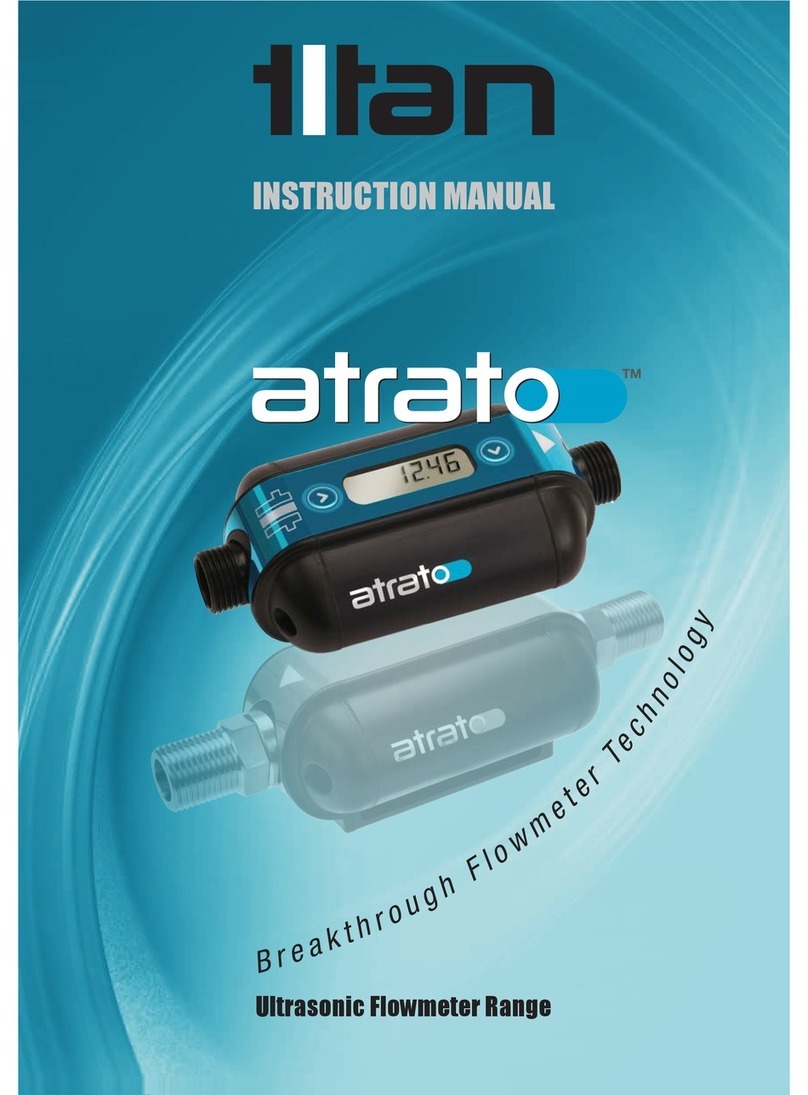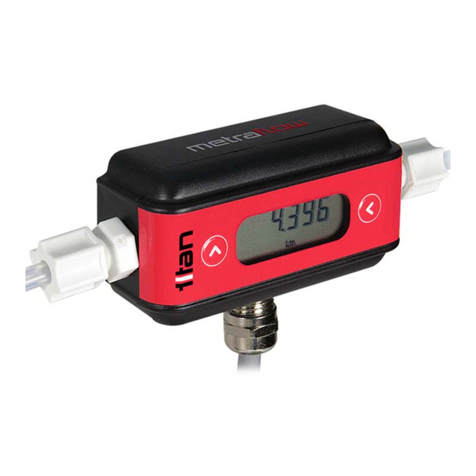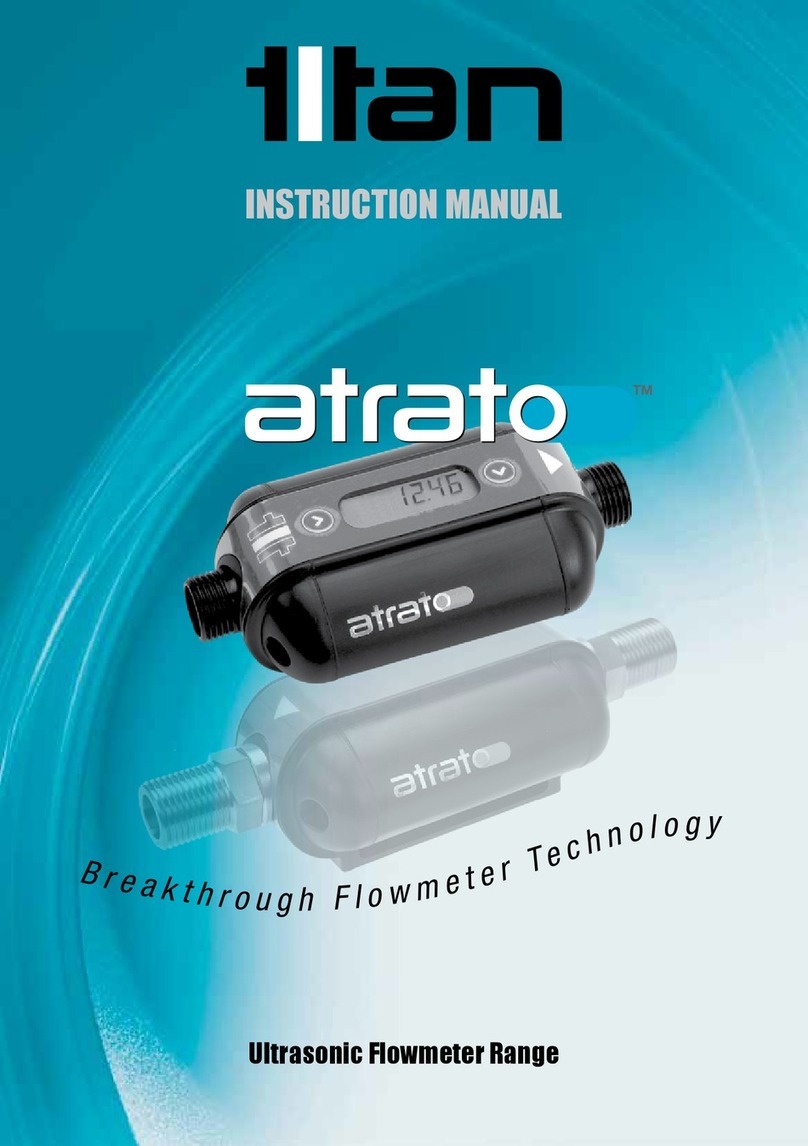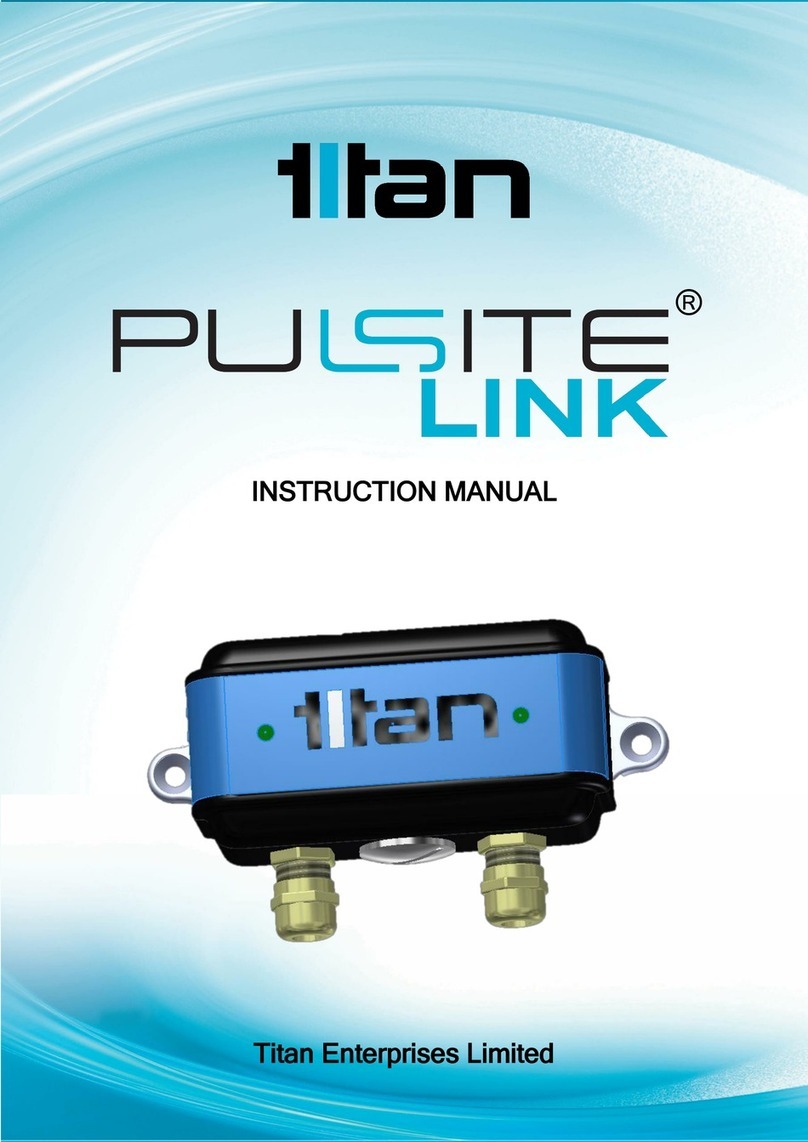
3.13 Selecting Data File......................................................27
4. Preparations before measurements.......................28
4.1 Unpacking and storing instruments..............................28
4.2 Set up the instrument.................................................... 28
4.2.1 Using plummets to center and level (align)...... 28
4.2.2 Using centering device to center....................... 29
4.3 Loading and unloading of battery................................ 30
4.4 Reflecting Prism........................................................... 31
4.5 Loading and unloading of the pedestal........................ 31
4.6 Adjusting eyepiece lens of the telescope and aiming the
target........................................................................................... 31
4.7 Entering letters and numbers........................................31
4.8 Notice for using U disk.................................................34
5. Angle mode.................................................................... 35
5.1 Save...............................................................................35
5.2 0set................................................................................36
5.3 Hset............................................................................... 36
5.4 Hold.............................................................................. 36
5.5 Angle by repetition....................................................... 37
5.6 Slope (V%)................................................................... 38
5.7 H-Bz..............................................................................38
5.8 L/R................................................................................ 38
5.9 V mode..........................................................................39
6. Distance mode............................................................... 40
6.1 Save...............................................................................40
6.2 Meas..............................................................................40
6.3 Mode............................................................................. 40
6.4 Offset............................................................................ 41
6.5 Stake out (S.O)............................................................. 41
7. Coordinate mode...........................................................42
8. Offset mode....................................................................45
































